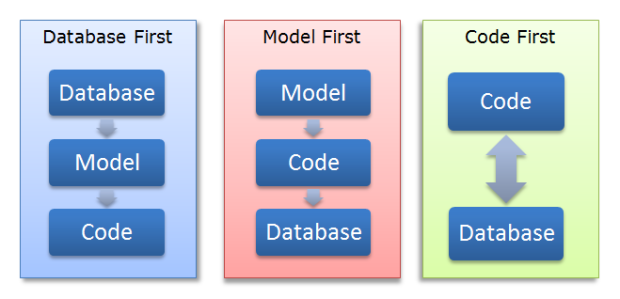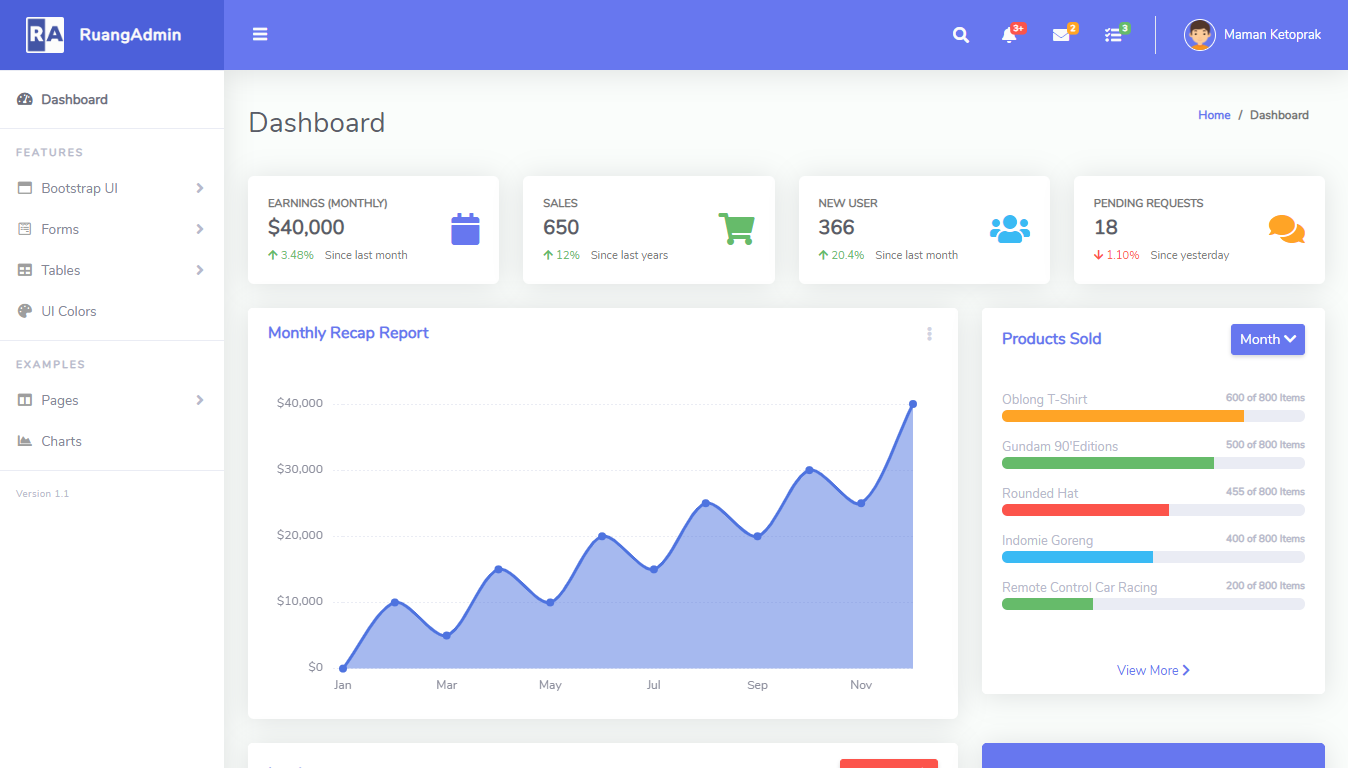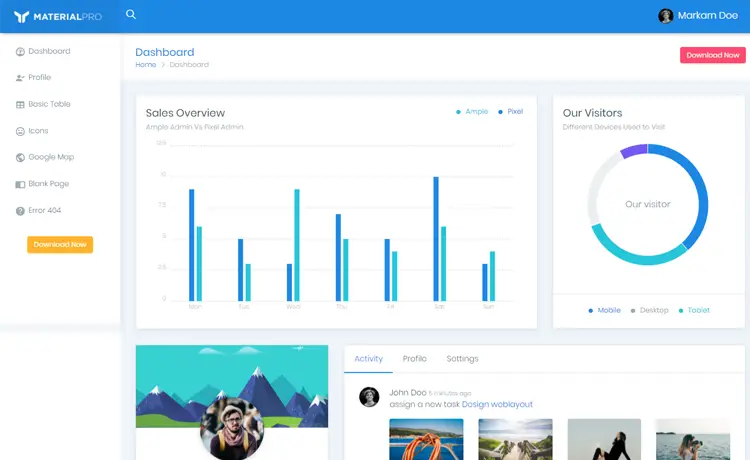How to Use XmlSerializer to serialize in C#
By Tan Lee Published on Mar 01, 2025 294
Steps to Serialize Objects in C# Using XmlSerializer
Define the class to serialize: First, create the class that you want to serialize. The class must have public properties or fields that you want to include in the XML. Optionally, you can use attributes like
[XmlElement]and[XmlIgnore]to control how the XML is generated.Create an instance of
XmlSerializer: You will create an instance of theXmlSerializerclass, passing the type of the object to be serialized.Serialize the object: Use the
Serializemethod of theXmlSerializerinstance to convert the object into XML.Write the XML to a file or string: You can either serialize the object to a string using a
StringWriter, or you can write it directly to a file using aStreamWriter.
How to serialize an object using XmlSerializer in C#?
For example, Using XmlSerializer to Serialize a Book Object.
static string GetXml(object obj)
{
XmlSerializer xmlSerializer = new XmlSerializer(obj.GetType());
using (var writer = new StringWriter())
{
xmlSerializer.Serialize(writer, obj);
return writer.ToString();
}
}You’ll need to ensure the class you want to serialize has the [Serializable] attribute:
[Serializable]
public class Book
{
public string Title { get; set; }
public string Author { get; set; }
public int YearPublished { get; set; }
public List<string> Genres { get; set; }
}Creating a Book Object and Serializing It
static void Main(string[] args)
{
var book = new Book()
{
Title = "The Lean Startup",
Author = "Eric Ries",
YearPublished = 2011,
Genres = new List<string> { "Business", "Entrepreneurship", "Technology" }
};
string xml = GetXml(book);
Console.WriteLine(xml);
}Output XML:
<?xml version="1.0" encoding="utf-16"?>
<Book xmlns:xsi="http://www.w3.org/2001/XMLSchema-instance" xmlns:xsd="http://www.w3.org/2001/XMLSchema">
<Title>The Lean Startup</Title>
<Author>Eric Ries</Author>
<YearPublished>2011</YearPublished>
<Genres>
<string>Business</string>
<string>Entrepreneurship</string>
<string>Technology</string>
</Genres>
</Book>Customizing the Serialization:
If you'd like to modify the output in different ways, here are some possible changes:
1. Removing the Namespace Attribute: By default, the XML includes the xmlns:xsi namespace.
To remove it, you can pass an XmlSerializerNamespaces object with XmlQualifiedName.Empty:
static string GetXml(object obj)
{
XmlSerializer xmlSerializer = new XmlSerializer(obj.GetType());
using (var writer = new StringWriter())
{
xmlSerializer.Serialize(writer, obj, new XmlSerializerNamespaces(new[] { XmlQualifiedName.Empty }));
return writer.ToString();
}
}Output:
<?xml version="1.0" encoding="utf-16"?>
<Book>
<Title>The Lean Startup</Title>
<Author>Eric Ries</Author>
<YearPublished>2011</YearPublished>
<Genres>
<string>Business</string>
<string>Entrepreneurship</string>
<string>Technology</string>
</Genres>
</Book>2. Change the Encoding to UTF-8: To change the encoding from UTF-16 to UTF-8, you can subclass StringWriter:
public class Utf8StringWriter : StringWriter
{
public override Encoding Encoding => Encoding.UTF8;
}Then use this in your serialization method:
static string GetXml(object obj)
{
XmlSerializer xmlSerializer = new XmlSerializer(obj.GetType());
using (var writer = new Utf8StringWriter())
{
xmlSerializer.Serialize(writer, obj, new XmlSerializerNamespaces(new[] { XmlQualifiedName.Empty }));
return writer.ToString();
}
}Output:
<?xml version="1.0" encoding="utf-8"?>
<Book>
<Title>The Lean Startup</Title>
<Author>Eric Ries</Author>
<YearPublished>2011</YearPublished>
<Genres>
<string>Business</string>
<string>Entrepreneurship</string>
<string>Technology</string>
</Genres>
</Book>3. Exclude a Property from Serialization: If you don't want to serialize the Genres property, you can use the [XmlIgnore] attribute:
[Serializable]
public class Book
{
public string Title { get; set; }
public string Author { get; set; }
public int YearPublished { get; set; }
[XmlIgnore]
public List<string> Genres { get; set; }
}Output:
<?xml version="1.0" encoding="utf-8"?> <Book> <Title>The Lean Startup</Title> <Author>Eric Ries</Author> <YearPublished>2011</YearPublished> </Book>
4. Change Property Name in XML: You can change the serialized property name using the [XmlElement] attribute.
For example, you can change YearPublished to PublishedYear:
[Serializable]
public class Book
{
public string Title { get; set; }
public string Author { get; set; }
[XmlElement("PublishedYear")]
public int YearPublished { get; set; }
public List<string> Genres { get; set; }
}Output:
<?xml version="1.0" encoding="utf-8"?>
<Book>
<Title>The Lean Startup</Title>
<Author>Eric Ries</Author>
<PublishedYear>2011</PublishedYear>
<Genres>
<string>Business</string>
<string>Entrepreneurship</string>
<string>Technology</string>
</Genres>
</Book>Note: When using XmlWriter, you don't need to apply the [Serializable] attribute to your class. This allows you to serialize any class, including third-party classes that don't have this attribute. However, keep in mind that XmlWriter doesn't consider attributes like [XmlIgnore], so all properties will be serialized unless manually excluded.
In this example, I showed how you can use XmlSerializer with a Book class, and how you can customize serialization by modifying encoding, changing property names, excluding properties, and removing namespace attributes from the XML output.





